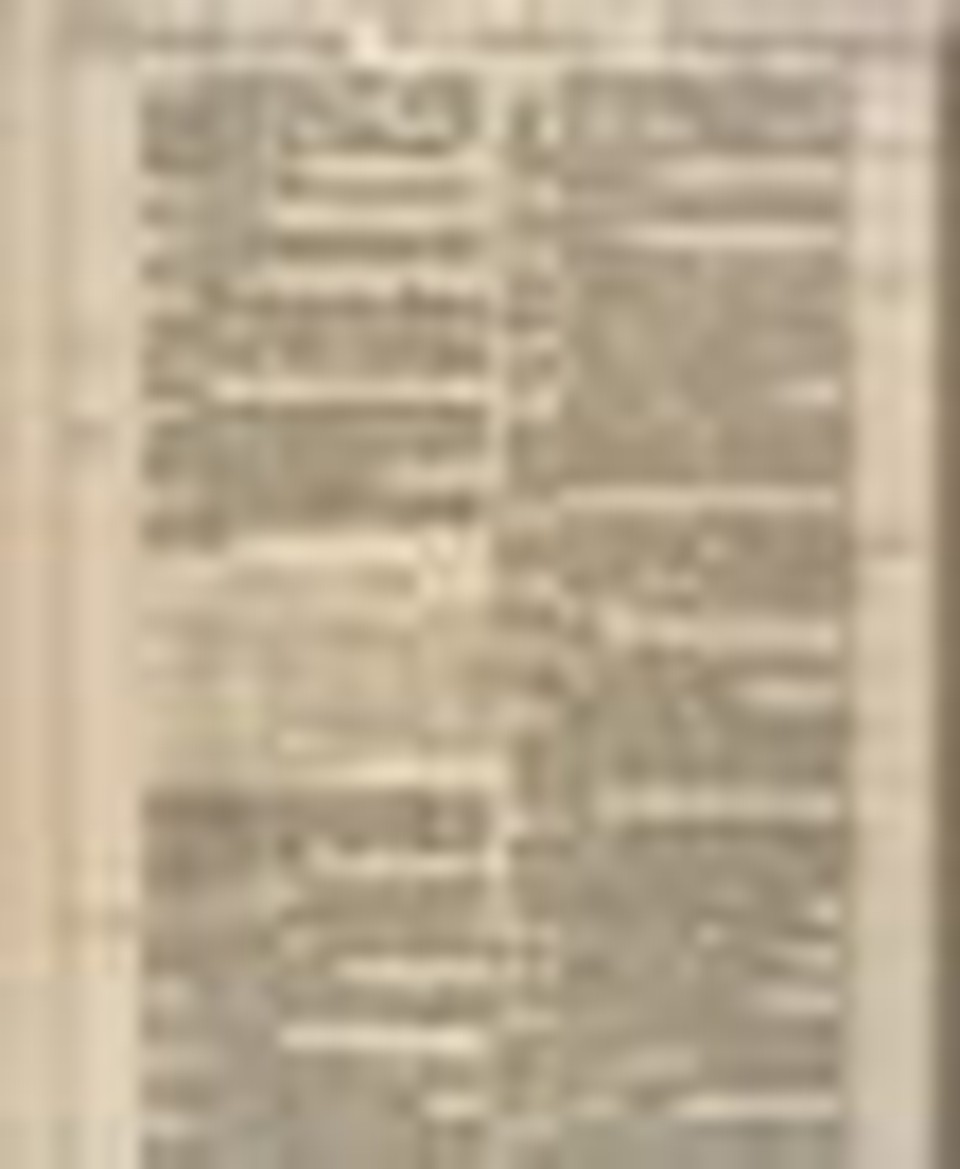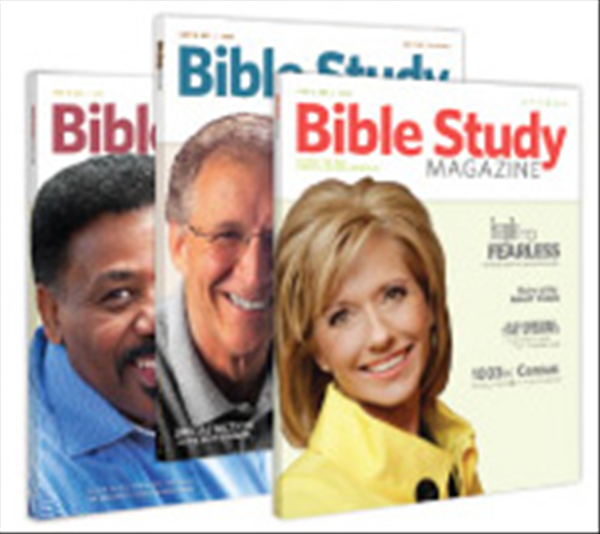Howard Hendricks’ 4 Bible Study Steps

Editor's note: Howard Hendricks passed away this past February 2013. This article is a reprint from the April 2010 edition of Bible Study Magazine, used with permission.
When people are taught how to study the Bible, they “get the excitement of actually discovering stuff,” says Dr. Howard Hendricks. “That is what is lacking today. We give people all the answers. If you don’t have the basics, you are not going to get that much out of Bible study. Once people are taught how to do something, they can see the value of it.”
Hendricks has trained thousands of Bible students at Dallas Theological Seminary, including Chuck Swindoll and David Jeremiah. For a period, he was even the chaplain for the Dallas Cowboys. For much of his life he’s been a traveling evangelist for Bible study—ministering in over 80 countries. Now 85, Hendricks serves as Distinguished Professor and Chair of the seminary’s Center for Christian Leadership.
Author of over 15 books—including Living by the Book, a handbook on how to study the Bible effectively—Hendricks is finally scaling back for health reasons. He now teaches two courses: “Bible Study” and “Advanced Bible Study.” “All of my courses are built on the basic pattern of observation, interpretation, application and correlation (or communication),” says Hendricks. “I have been teaching that for 60 years. I love it. It opens up the Bible for me.”
Hendricks says he begins teaching people about how to study the Bible by showing the power of the Bible. However, he has observed an unfortunate trend: “Christians are less and less knowledgeable about Scripture and decreasingly motivated to be so. Understanding the Word’s power is no longer a given. Only after someone believes the value of the Bible can they really start to study.”
People who grasp the meaning behind what they study, says Hendricks, are the ones clamoring to talk about it with professors, other students and everyone they meet. “The Bible is changing their life and changing the way they interact with the people around them. People want to spend time with people like that.” Hendricks’ Bible study method will hopefully create more people who clamor to talk about the Bible.
1 Observation
“So many people are trying to interpret the Bible, but they don’t study it,” says Hendricks. “They don’t answer the question of ‘What do you see going on in the text?’ All of this wasted time is spent trying to find out what the Bible means without a basic understanding of what it says. If you can’t understand the text, then ultimately you can’t communicate it.”
According to Hendricks, our ability to observe the biblical text can be enhanced without a Bible in hand. “What were your co-workers wearing today? What was the title of the sermon on Sunday? Set up tests for yourself to encourage your mind to start observing everyday life.” Natural observation will spill into Bible study.
Ask questions of the biblical text while reading it, suggests Hendricks. “Who are the people? What are their relationships? What do those terms mean? What is the importance of the place they are in? Read the passage as for the first time. Look for things that are emphasized, repeated, related, alike, unlike and true to life.” Hendricks recommends observing the text in 10 different ways:
» Thoughtfully. Be a detective.
» Repeatedly. Read entire books at a time.
» Patiently. Spend quality time in each book you study.
» Selectively. Decipher the who, what, where, when and how in the text.
» Prayerfully. Don’t copy others; ask God to reveal things to you.
» Imaginatively. Think about how you might write the verse.
» Meditatively. Reflect on the words.
» Purposefully. Understand that the author used structure to send a message.
» Acquisitively. Attempt to retain the text.
» Telescopically. Understand the significance of the text in light of the entire Bible.
2 Interpretation
Under Hendricks’ rubric, once the steps of observation are completed, interpretation can begin: “Grasp how the context fits with literary genres, history and culture. Also, what does the context say about the writer’s relationship with God, or even about the natural world?”
“Work to compare words, themes, phrases and styles of the text with other biblical texts,” says Hendricks. Then examine “the cultural setting of the book.” This will tell you if your observations fit the culture. Hendricks warns, “Don’t lose sight of the value of consultation in the process—using other resources to ensure your interpretation is accurate.”
3 Application
Application is about what the text means to you. Before we can be certain our application is correct, Hendricks says that each person “needs to know the text, relate it to life, meditate on its meaning, and then practice it.” Hendricks has created nine application questions to consider:
» Is there an example for me to follow?
» Is there a sin to avoid?
» Is there a promise to claim?
» Is there a prayer to repeat?
» Is there a command to obey?
» Is there a condition to meet?
» Is there a verse to memorize?
» Is there an error to mark?
» Is there a challenge to face?
4 Communication
The correlation and communication step is simple. As a Bible teacher, it is about understanding and reading the audience you are speaking to.
Getting Started
If you haven’t practiced Hendricks’ method, it may seem stilted or philosophical. To fix this problem, Hendricks starts new students in the book of Mark because it is simple. But if the length of Mark is overwhelming, he suggests a shorter book: “Take a book like Jonah, for example, that has only four chapters. Take a good amount of time with it. Get so deeply involved with it that you can hardly wait for the next chapter.”
For small group Bible study, Hendricks suggests studying “individual books according to the group and its needs. If they ‘take off’ with it, even having never done it, their motivation keeps them going. I get them into something easier to handle and prove to them that they can study the Bible. Generally speaking, I find people at varied levels are not convinced they can do it. But in our classes at Dallas Theological Seminary, people who have never done this in their life come out with A-level grades.”
For veterans of Bible study, Hendricks recommends they learn to use the biblical languages. “Get Greek and Hebrew resource tools that tell you what a word means. For some people it is not important, but if you can weave that into your understanding, you can increase the value of your study. You can’t lose with that.”
Anyone Can Understand the Bible
Understanding the Bible like Howard Hendricks might seem like an impossible feat. But like everyone else, Hendricks’ biblical understanding started with simple hard work and dedication. In Hendricks’ second year of seminary he pledged to study the Bible for an hour every day. He has. Using the pattern he teaches his students, Hendricks works through one Bible book per month, hitting all 66 over a six-year span. While the hourly study is for his own spiritual walk, he says that what he learns often emerges when he speaks, writes and teaches.
During his time at Wheaton College, Hendricks met Professor Merrill Tenney. When most students couldn’t handle more than one course a semester with the challenging professor, Hendricks took three. “He changed the course of my life,” Hendricks says. “I learned how to study the Scriptures. He motivated me right out of my socks.”
Hard work pays off at all levels, says Hendricks. He beams when he tells the story of an 80-year-old who came to Dallas Theological Seminary wanting to learn Greek. “I said ‘Are you sure?’ And he said, ‘I am just fascinated by this stuff.’ ” After four years, the man was so accomplished in Greek that Hendricks hired him to teach freshmen. He became one of the seminary’s most-loved professors until his retirement at the age of 93. It was this man’s excitement, fascination and love of learning that got him studying the Bible in a new way. Hendricks says every Christian should have that same hunger for the Word.

Article courtesy of Bible Study Magazine published by Logos Bible Software. Each issue of Bible Study Magazine provides tools and methods for Bible study as well as insights from people like John Piper, Beth Moore, Mark Driscoll, Kay Arthur, Randy Alcorn, John MacArthur, Barry Black, and more. More information is available at http://www.biblestudymagazine.com. Originally published in print: Copyright Bible Study Magazine (Mar–Apr 2010): pgs. 16–18.
Publication date: April 15, 2013
Originally published April 15, 2013.





